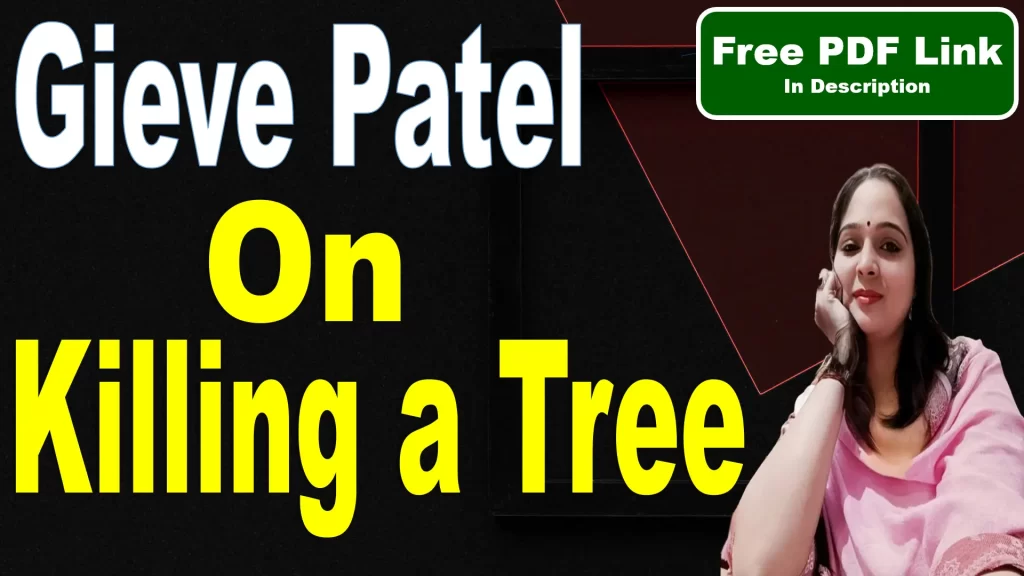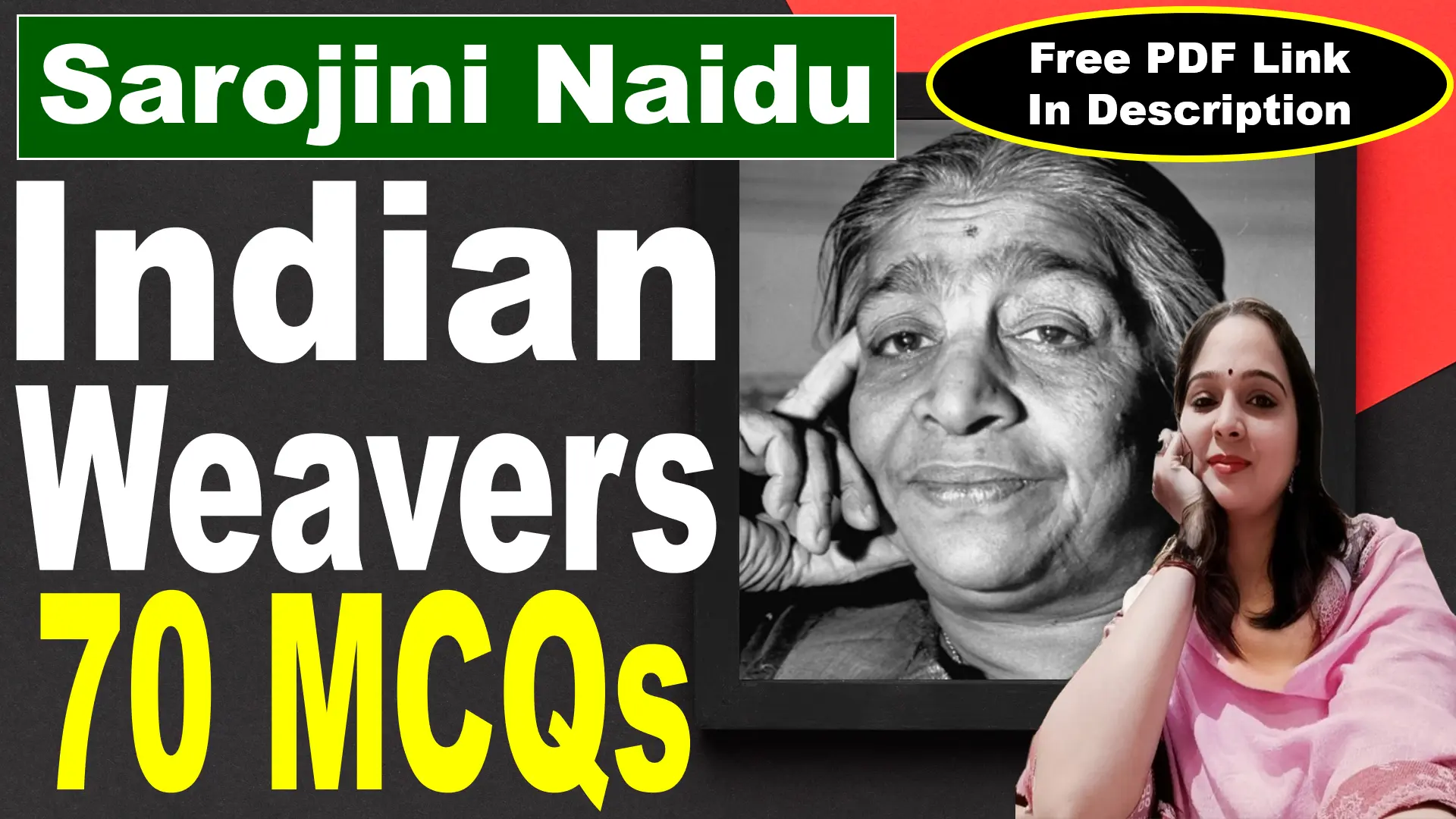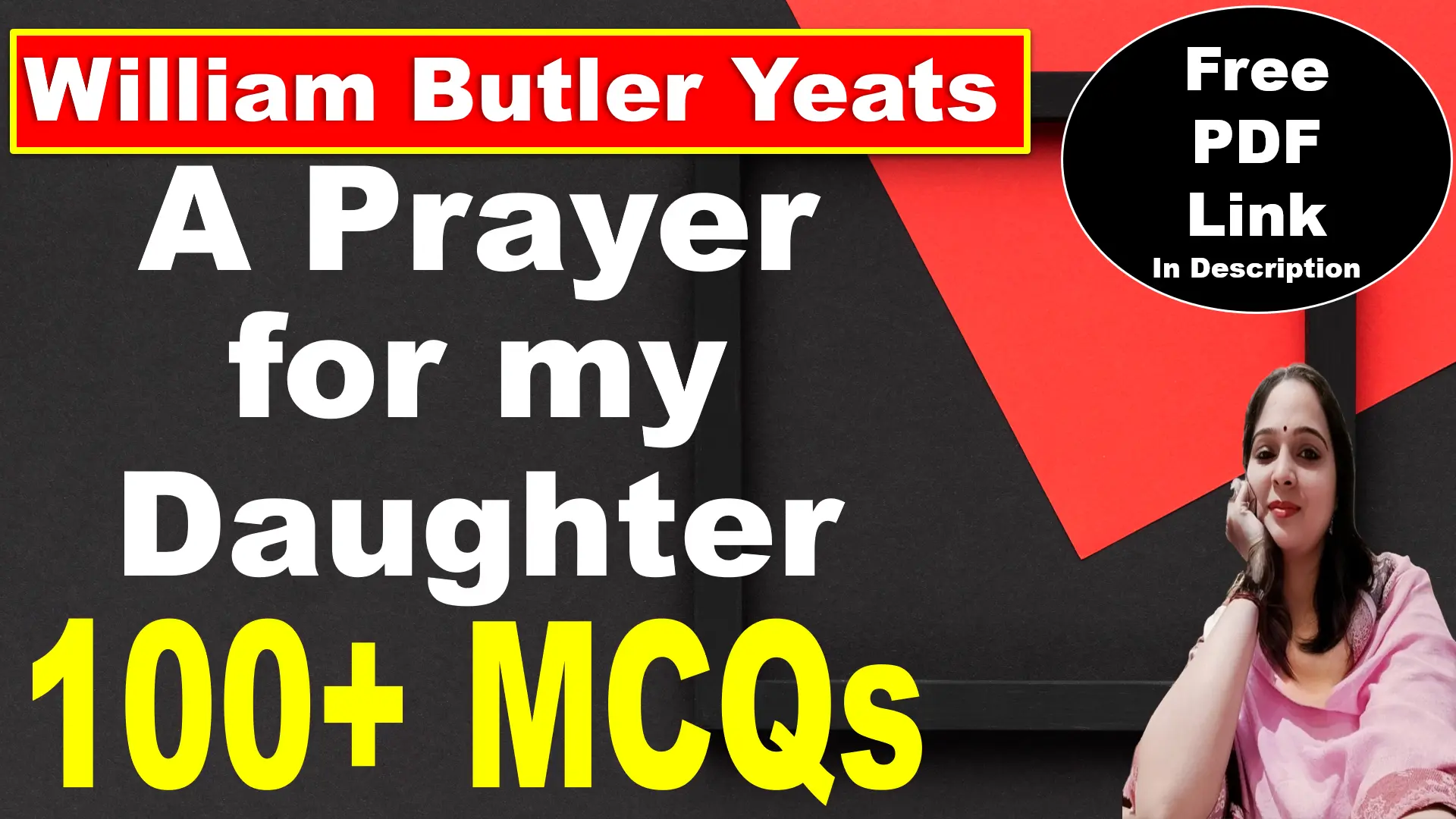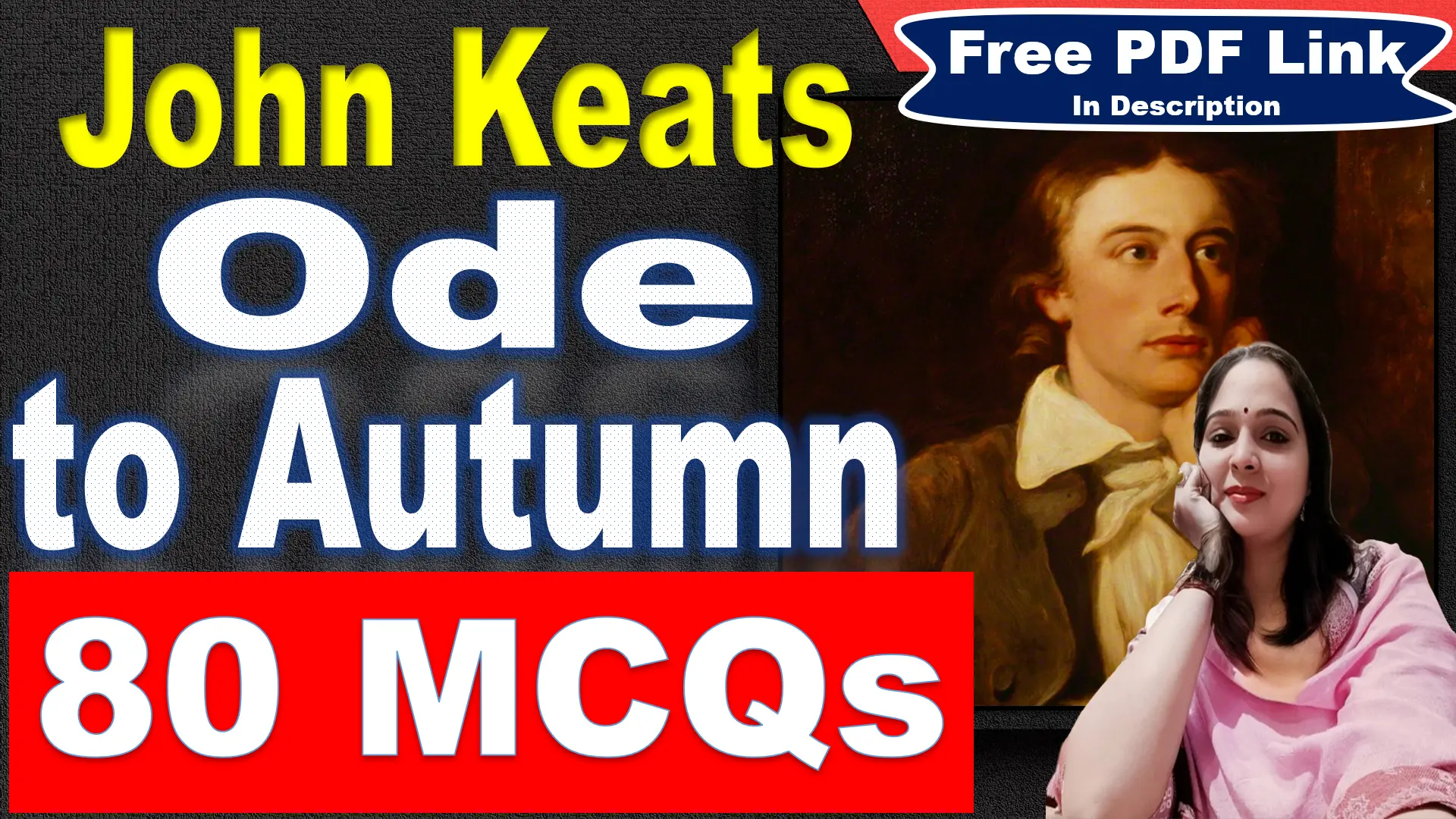
On Killing a Tree Question Answers
Very Short Answer Questions
Q: Who is the poet of “On Killing a Tree”?
A: Gieve Patel.
Q: From which collection is the poem “On Killing a Tree” taken?
A: Poems (1966).
Q: What is the main theme of the poem?
A: The resilience of nature and the deliberate destruction caused by humans.
Q: Why can’t a tree be killed with a simple jab of the knife?
A: Because it is deeply rooted and has grown strong over many years.
Q: What resources does a tree absorb from the earth?
A: Sunlight, air, water, and nutrients from the earth.
Q: What does the phrase “bleeding bark” symbolize?
A: The injury and pain caused to the tree when it is cut.
Q: What happens if the tree is hacked or chopped?
A: The bark heals, and new shoots grow from the stump.
Q: What is required to completely kill a tree?
A: Its roots must be uprooted from the earth.
Q: What does the poet describe as “anchoring earth”?
A: The soil in which the tree’s roots are deeply embedded.
Q: How are the roots described in the poem?
A: White, wet, and sensitive, hidden inside the earth.
Q: What does the phrase “earth-cave” refer to?
A: The underground space where the tree’s roots are located.
Q: What happens to the tree after its roots are pulled out?
A: It begins to dry, harden, twist, and eventually wither away.
Q: What is the significance of the roots in the poem?
A: They symbolize the source of the tree’s life and strength.
Q: How does the poet depict the process of the tree’s death?
A: As slow and deliberate, involving exposure to sunlight and air.
Q: What does the poem criticize?
A: Human insensitivity and violence towards nature.
Q: What poetic device is used in the phrase “bleeding bark”?
A: Personification.
Q: What does the tree symbolize in the poem?
A: Resilience, life, and the interconnectedness of nature.
Q: Why does the poet use free verse for the poem?
A: To mirror the natural and unstructured process of growth and destruction.
Q: What happens to the tree in the final stage of destruction?
A: It scorches, hardens, and completely withers away.
Q: What is the overall message of the poem?
A: Respect nature and understand the irreversible consequences of its destruction.
Short Answer Questions
Q: Can a “simple jab of the knife” kill a tree? Why not?
A: No, a “simple jab of the knife” cannot kill a tree because it is deeply rooted and has grown strong over many years. The tree heals itself after superficial damage, and new shoots grow, restoring it to its former size. Killing a tree requires deliberate and extensive destruction.
Q: How has the tree grown to its full size? List the words suggestive of its life and activity.
A: The tree grows over many years by consuming nutrients from the earth and absorbing sunlight, air, and water. Words like “feeding,” “absorbing,” “rising,” and “sprouting leaves” highlight its growth and vitality, symbolizing its connection to nature and life.
Q: What is the meaning of “bleeding bark”? What makes it bleed?
A: “Bleeding bark” refers to the sap flowing from the tree when it is injured or cut. The bleeding symbolizes the pain and harm caused to the tree by hacking or chopping, similar to how wounds cause humans to bleed.
Q: The poet says “No” in the beginning of the third stanza. What does he mean by this?
A: The poet’s emphatic “No” indicates that hacking or chopping the tree alone cannot kill it completely. He stresses that the roots, the source of the tree’s life, must be pulled out to destroy it permanently.
Q: What is the meaning of “anchoring earth” and “earth cave”?
A: “Anchoring earth” refers to the soil that holds the tree firmly in place, acting as its foundation. “Earth cave” symbolizes the underground space where the roots lie hidden and protected, deeply embedded and interconnected with the earth.
Q: What does he mean by “the strength of the tree exposed”?
A: “The strength of the tree exposed” refers to the roots being pulled out of the ground. The roots are the source of the tree’s life and vitality, and exposing them makes the tree vulnerable and ultimately leads to its death.
Q: What finally kills the tree?
A: The tree is finally killed when its roots are completely uprooted from the earth and exposed to sunlight and air. The roots dry out, and the tree begins to wither, twist, and harden, eventually turning lifeless.
Q: How does the tree resist destruction despite being hacked and chopped?
A: The tree resists destruction by healing its wounds and sprouting new twigs from the stump. These twigs grow into branches over time, restoring the tree to its original size if left unchecked, demonstrating its resilience and regenerative power.
Q: How does the poet portray the tree as a living being?
A: The poet personifies the tree with human-like qualities, such as “bleeding” and “healing,” to evoke empathy. He describes its growth, vitality, and sensitivity, portraying the tree as a resilient, life-filled entity deeply connected to its environment.
Q: What message does the poet convey through the poem?
A: The poet conveys the message that nature is resilient and interconnected, but human actions can cause irreversible destruction. He critiques humanity’s insensitivity towards nature and urges respect for the environment, emphasizing the consequences of our thoughtless actions.





